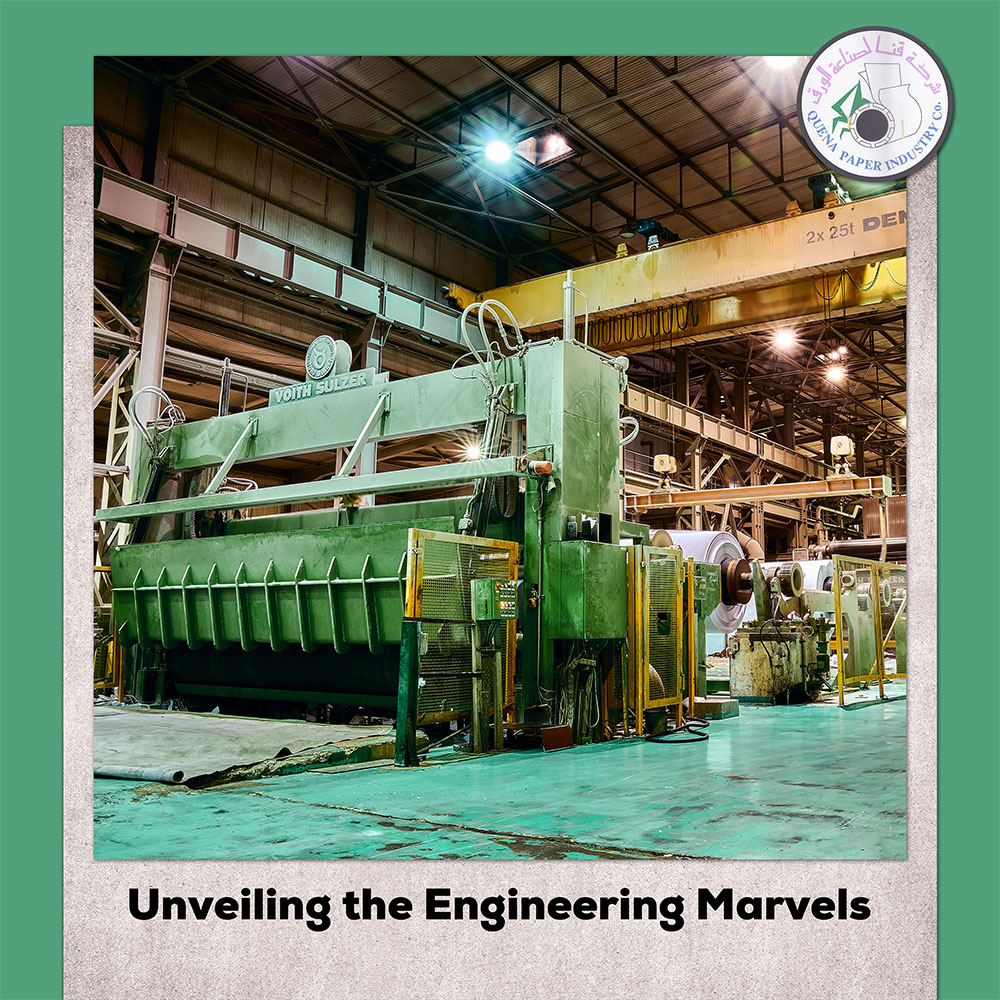The Definition of Paper: Unraveling Its Many Facets
Welcome to “Definition of Paper,” your comprehensive guide to understanding the multifaceted world of paper. From its humble origins to its diverse applications in today’s modern society, we’re here to explore the intricacies of this versatile material. Join us as we embark on an extensive journey, delving deep into the various dimensions of paper, shedding light on its history, composition, contemporary uses, sustainability efforts, and its profound impact on our lives.
Understanding the Essence of Paper
At the core of our exploration lies the fundamental question: What is paper? Paper, in its simplest form, is a thin and flexible material produced from plant fibers. These fibers, primarily derived from sources like wood, cotton, and bamboo, are transformed through a series of intricate processes into the paper we encounter daily. This versatile substance has been an integral part of human civilization for centuries, serving as a medium for communication, artistic expression, and documentation.
A Brief Evolution of Paper’s Origins
The journey of paper begins in the annals of ancient civilizations, where early innovators utilized natural materials like papyrus, silk, and parchment for recording information. However, it wasn’t until the 2nd century AD that the invention of paper, as we recognize it today, is attributed to Cai Lun in ancient China. This groundbreaking discovery revolutionized the way knowledge was recorded and shared, marking a pivotal moment in history.
The Chinese art of papermaking, closely guarded initially, eventually spread along trade routes, reaching various parts of the world. Islamic scholars played a crucial role in refining papermaking techniques during the medieval period, further contributing to its spread and popularity. The availability of paper facilitated the exchange of ideas, scientific knowledge, and religious texts, fostering cultural and intellectual growth across continents.
Unveiling the Composition of Paper
Modern paper is a complex amalgamation of science, engineering, and art. It is typically composed of cellulose fibers derived from wood pulp. These fibers undergo a meticulous process of pulping, bleaching, and refining, resulting in a material that can be transformed into various forms, sizes, and thicknesses. Additives such as fillers, coatings, and dyes contribute to the paper’s quality and suitability for specific applications.
The papermaking process has witnessed remarkable advancements over time. Innovations like the Fourdrinier machine, introduced in the early 19th century, revolutionized large-scale paper production, making it more accessible and affordable. In today’s world, the paper industry is actively exploring sustainable practices, including recycling and responsible sourcing of raw materials, to minimize its environmental footprint and contribute to a greener future.
Diverse Applications in Contemporary Society
In today’s interconnected world, paper’s utility spans far beyond the realm of traditional writing. From packaging materials and hygiene products to art mediums and currency, paper plays an integral role in our daily lives. The eco-friendly nature of paper, along with its recyclability, aligns with modern sustainability efforts, making it a preferred choice for environmentally conscious individuals and industries.
Packaging industries rely on paper for its protective and branding capabilities. Cardboard boxes, paper bags, and labels contribute to the visual appeal and functionality of products on store shelves. In the realm of hygiene, tissues, toilet paper, and sanitary products are essential items made from paper pulp. Moreover, paper’s use as a canvas for artistic expression remains timeless, with artists exploring various techniques to create stunning works of paper art.
Paper’s Artistic and Cultural Significance
Beyond its utilitarian applications, paper holds immense artistic and cultural value. Various forms of paper art, such as origami and papercutting, showcase the ingenuity of human creativity. Origami, the Japanese art of paper folding, transforms a flat sheet of paper into intricate sculptures, embodying elegance and precision.
Papercutting, on the other hand, is a delicate craft that involves intricately cutting designs into paper, resulting in visually stunning creations. This art form has deep cultural roots in regions like China, Germany, and Mexico, where it has been used for decorative purposes, storytelling, and religious rituals.
Additionally, historical documents, manuscripts, and literary works preserved on paper provide a tangible link to our past, offering insights into bygone eras and civilizations. The study of ancient manuscripts has enabled historians to reconstruct lost knowledge, trace the evolution of languages, and gain valuable insights into the beliefs and practices of our ancestors.
The Sustainability Factor: Paper’s Role in a Green Future
In an era marked by heightened environmental awareness, paper stands out as a champion of sustainability. The renewable nature of its raw materials, coupled with advancements in responsible forestry practices and recycling technologies, positions paper as an eco-friendly choice. The paper industry actively participates in afforestation efforts, planting trees to replenish the resources used in paper production.
Moreover, paper’s recyclability is a key driver in reducing waste and conserving natural resources. Recycled paper products are increasingly prevalent, ranging from newspapers and cardboard to office paper and packaging materials. This closed-loop approach not only reduces the demand for virgin fibers but also minimizes energy consumption and greenhouse gas emissions.
Innovating with Paper: Pushing Boundaries and Expanding Horizons
The world of paper continues to evolve as innovative minds push the boundaries of its applications. Researchers and designers are exploring ways to imbue paper with enhanced functionalities, from integrating electronic components for smart packaging to developing paper-based medical diagnostics. These advancements showcase the adaptability of paper as a platform for innovation across various sectors.
Paper’s ability to seamlessly blend with technology has paved the way for electronic paper or e-paper, a display technology that mimics the appearance of ink on paper. E-paper devices, such as e-readers, offer a comfortable reading experience while reducing the environmental impact associated with traditional paper production.
As we bring this extensive exploration of the definition of paper to a close, we stand in awe of its profound impact on humanity. From its humble beginnings as a Chinese invention to its global significance in culture, commerce, education, and sustainability, paper has woven itself into the very fabric of human existence.
The evolution of paper mirrors the evolution of human creativity, resilience, and adaptability. It is a testament to our ability to harness nature’s resources and transform them into tools of communication, expression, and progress. Join us in celebrating the rich tapestry of paper’s history, composition, applications, sustainability efforts, and innovative potential.
Thank you for joining us on this enlightening odyssey through the captivating world of paper. As we conclude this chapter, stay tuned for more captivating explorations into the realms of materials, culture, innovation, and beyond here at “Definition of Paper.”



